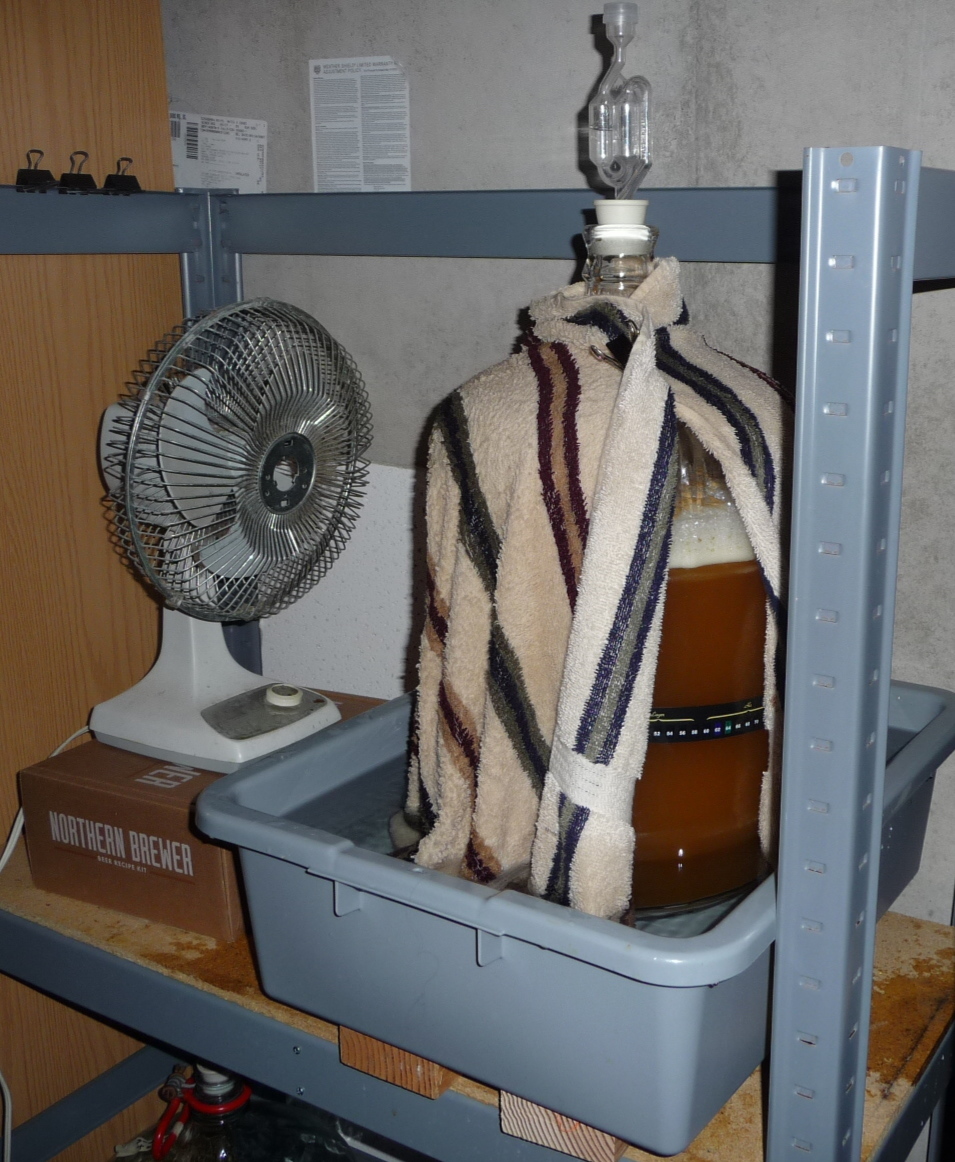TarheelRyan
Member
- Joined
- Aug 5, 2017
- Messages
- 5
- Reaction score
- 0
Greetings all.
First time homebrewer here. I just finished putting my first batch into the primary fermenter. I used a Brewer's Best Pacific Coast IPA recipe kit and tried to follow the directions as carefully as possible but had a few issues come up:
1) It took about 10 minutes to bring to a boil again after adding the LME. I doubt this would be a big deal, but just wanted to check.
2) After the boil, it took well over an hour to cool down to approximately 70 degrees. I still don't have a wort chiller, so I used a combo of ice water and placing the entire kettle in my freezer to bring the temp. down. I pitched the yeast at a temperature of around 70-75 degrees. Will this be an issue? Should I have waited longer?
3) I added tap water, but I fear I may have added some at too high of a temperature. Once I put the lid and airlock on, I stuck an adhesive thermometer strip to the outside of the bucket and it's reading at the highest reading (82 degrees). Should I be worried?
4) Lastly, I took an OG reading of 1.041 and the kit said it should be between 1.055-1.060. Again, should I be worried?
Thanks in advance. I figured there would be some issues on my first batch, but I fear I may have ruined it. Any advice, tips, etc. for these issues or for future batches would be greatly appreciated!
-THR
First time homebrewer here. I just finished putting my first batch into the primary fermenter. I used a Brewer's Best Pacific Coast IPA recipe kit and tried to follow the directions as carefully as possible but had a few issues come up:
1) It took about 10 minutes to bring to a boil again after adding the LME. I doubt this would be a big deal, but just wanted to check.
2) After the boil, it took well over an hour to cool down to approximately 70 degrees. I still don't have a wort chiller, so I used a combo of ice water and placing the entire kettle in my freezer to bring the temp. down. I pitched the yeast at a temperature of around 70-75 degrees. Will this be an issue? Should I have waited longer?
3) I added tap water, but I fear I may have added some at too high of a temperature. Once I put the lid and airlock on, I stuck an adhesive thermometer strip to the outside of the bucket and it's reading at the highest reading (82 degrees). Should I be worried?
4) Lastly, I took an OG reading of 1.041 and the kit said it should be between 1.055-1.060. Again, should I be worried?
Thanks in advance. I figured there would be some issues on my first batch, but I fear I may have ruined it. Any advice, tips, etc. for these issues or for future batches would be greatly appreciated!
-THR





























![Craft A Brew - Safale S-04 Dry Yeast - Fermentis - English Ale Dry Yeast - For English and American Ales and Hard Apple Ciders - Ingredients for Home Brewing - Beer Making Supplies - [1 Pack]](https://m.media-amazon.com/images/I/41fVGNh6JfL._SL500_.jpg)






























